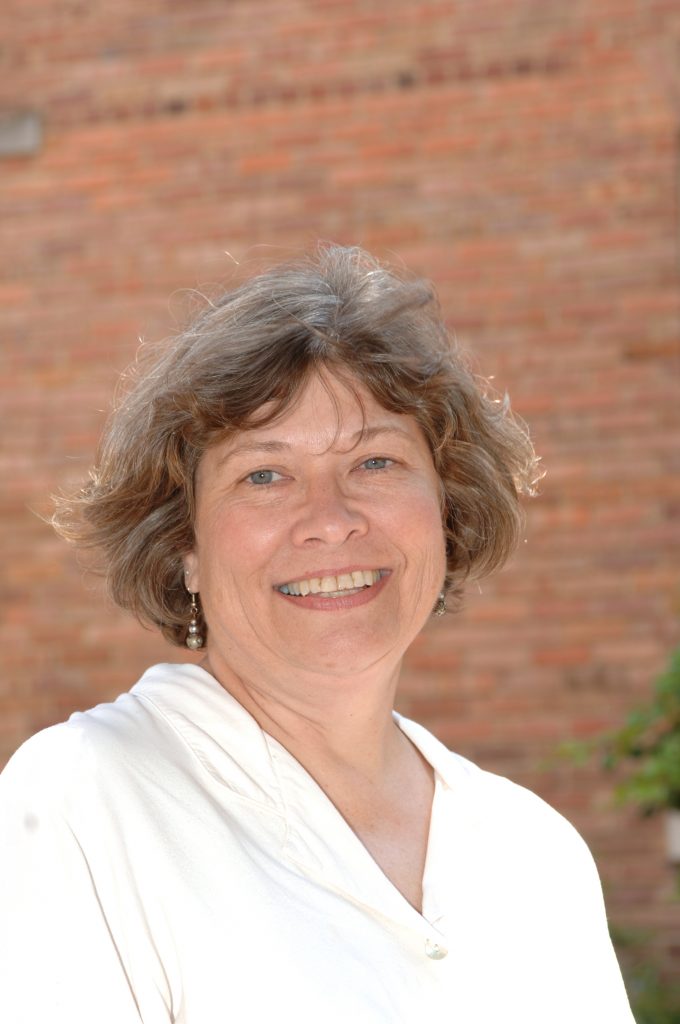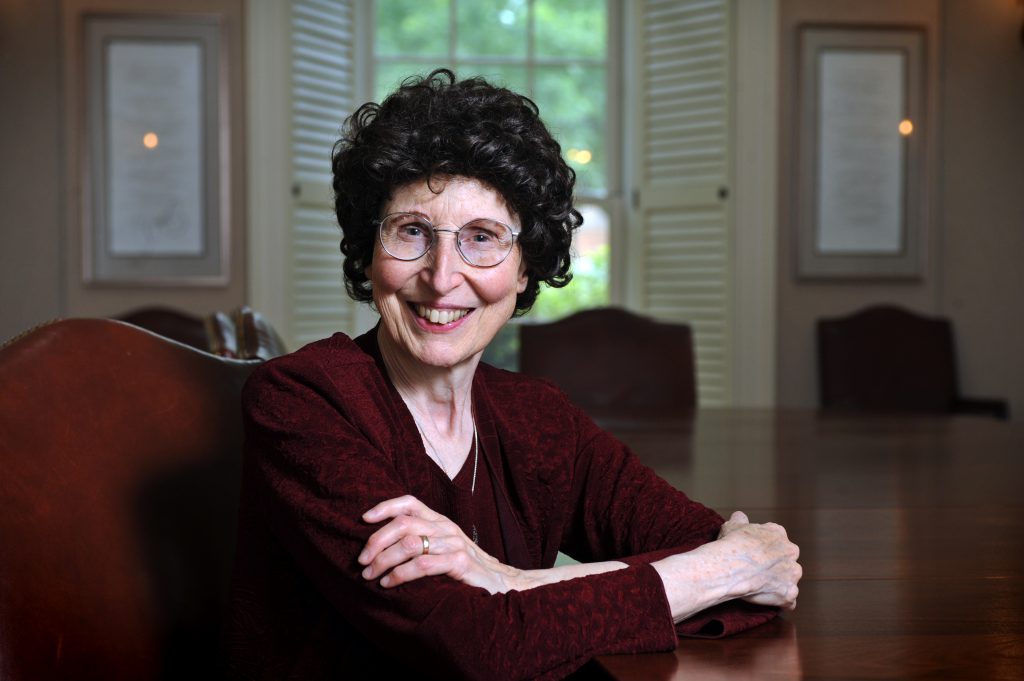
The connection between physics and music is stronger than most people might think.
Many physicists are amateur musicians, physics professor Laurie McNeil said. “Think of Einstein and his violin. He was actually quite good.”
Indeed, even though McNeil and her future teaching partner, music professor Brent Wissick, had both been at Carolina for more than a decade, the first time they partnered was as musicians.
McNeil, a member of the Choral Society of Durham, and Wissick, a cellist, performed together at a 1996 Christmas concert in Duke Chapel. As Wissick remembered it with McNeil, “You were standing right behind me, singing.”
They had met previously as members of the Chancellor’s Task Force on Intellectual Climate. Their task was to find ways of enriching the intellectual climate by engaging faculty and students in wide-ranging discussions about ideas, the nature of the world and the society in which we live.
That exploration of ideas should be more than classroom assignments and include a lively, pleasurable and often unsystematic discovery of new perspectives.
In 1997, the group’s report established Carolina’s First-Year Initiative, which in the fall of 1999 led to the creation of 37 first-year seminars. “The Interplay of Music and Physics” was one of those seminars, a class that McNeil and Wissick would teach together, for one semester each year, for 12 consecutive years.
This past spring, after a five-year hiatus, McNeil and Wissick reunited to teach the course for a 13th time.
Intense and demanding experience
The seminars, each in its own way, are designed to, as McNeil once described it, “jump start the intellectual experience” for students who come to campus with only a summer separating them from high school.
“The original goal of the first-year seminar program was to engage students in their first year in the kind of in-depth, focused experience that they will get in their upper-division classes,” Wissick said. “This was a different kind of experience for first-year students because of the tendency for them to take an introduction to everything where subject material was covered a mile wide and an inch deep.
“The idea is to immerse students into a more intense and demanding and personal experience,” Wissick said.
When the seminars first started, class size was limited to 20 students (it is now 24) so that students got to know the professor, and the professor got to know them.
Except in this course, students get to know two faculty members.
“They get to watch us interact and engage collectively in an intellectual enterprise because we are both always there in the classroom,” McNeil said.
Said Wissick: “We chime into a presentation the other is making in a way we hope models the enthusiasm of academic discussion. That interaction between us lets students see that there is more to learning than listening and waiting for the information to be poured in.”
As part of this immersive, hands-on learning experience, each student combines the knowledge of science and music to build both a wind and a string instrument.
For example, students learn from music that they need a source of sound, such as a plucked string. But they also learn from physics that the string won’t produce much sound without a bridge to carry the vibration into a resonating chamber.
McNeil recalled a student who found out he had neglected this fundamental principle while he demonstrating his instrument, a cardboard box with strings stretched over it.
“You couldn’t hear it from the front row of the classroom, and I commented, ‘Well, the one thing that is different from your instrument and a violin is that your instrument doesn’t have a bridge.’ He paused, then took his cell phone from his pocket, stuck it in as a bridge and plucked the strings. You could hear it from the back of the room. That was when the light bulb went on.”
This repetitive process of trial, error and discovery culminates when students perform the music they have composed on the instruments they have made at a public concert in Person Hall.
Learning from each other
Over the years, McNeil and Wissick have come to realize that what matters about the course is not only what they can collectively teach their students, but also what they have learned from each other to become better teachers.
“Brent will have the empathy to identify the aspect of the thing that a student is having trouble with and how that student is thinking that is leading them down the wrong path. Brent will say to me, ‘This student is really struggling with this aspect,’ and I’ll say, ‘Of course he is. How did I miss that?’ Well, I missed it because that is not something that I am as alert to.”
For his part, “I am constantly learning from Laurie about clarity in presentations and evaluations. I won’t call it good cop, bad cop – it’s just a different way of going at problems, and I think, making each other better.”
As for their next class, next year, Wissick said, “I can’t wait to see who is there and how they are going to change us.”
By Gary Moss, University Gazette



